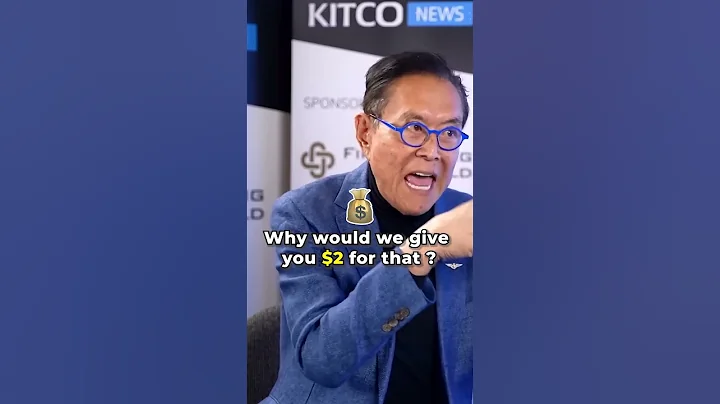
We need to know who is the future of the battery. First of all, we need to know what are these two major batteries? What's the difference? Of course, there are corresponding concept stocks .
First, let’s take a look at what are the two major immortal batteries?
HJT battery
HJT battery is the third generation battery cell, also known as heterojunction battery. It is a special PN junction , formed from amorphous silicon and crystal silicon materials, and is a thin film of amorphous silicon deposited on crystal silicon, which belongs to one of N-type batteries. Heterojunction battery is a high-efficiency crystalline silicon solar cell structure, which uses a hybrid solar cell made of crystalline silicon substrate and amorphous silicon thin film, that is, a layer of non-doped hydrogenated amorphous silicon thin film is added between P-type hydrogenated amorphous silicon and N-type hydrogenated amorphous silicon substrate and N-type silicon substrate.

topcon battery
topcon is a solar cell that passivates contact through the tunneling oxide layer based on the principle of selective carrier . The battery structure is an N-type silicon substrate battery. A layer of ultra-thin silicon oxide is prepared on the back of the battery, and then a thin layer of doped silicon is deposited. The two together form a passivation contact structure, effectively reducing surface composite and metal contact composite, providing greater space for further improving the conversion efficiency of N-PERT batteries.
HJT battery has the following main advantages:
1, better conversion efficiency: HJT efficiency potential exceeds 28%, far higher PERC battery. Due to the limitations of the P-type single crystal battery's own materials, the conversion efficiency of PERC batteries is close to the ceiling, while the maximum conversion efficiency of HJT has exceeded 26%, and is expected to exceed 28% in the long run, with obvious efficiency advantages.
2. The process flow is more simplified and the cost reduction space is greater: HJT is a low-temperature process, which is better in terms of silicon wafer cost (favoring flaking and reducing thermal damage) and non-silicon cost (fuel energy saving). At the same time, HJT only requires 4 processes, which is lower than PERC (8 processes) and TOPCon (9-12 processes).
3. Photoinduced attenuation is lower: the attenuation rate of HJT batteries in 10 years is less than 3%, and the power generation in 25 years is only 8%, and the attenuation rate is much lower than that of PERC and TOPCon batteries.
4, low temperature coefficient, high stability: In an environment of 82 degrees Celsius, the photoelectric conversion efficiency of HJT is 13% higher than that of traditional components.
5. The double-sided rate is higher: HJT is a double-sided symmetrical structure, and the double-sided rate is expected to increase to 93-98% (PERC and TOPCon are both around 80%, but it is difficult to improve again), and an annual power generation gain of more than 10%. Advantages of

TOPCon battery:
1. Passivation advantages: The surface passivation performance mainly depends on chemical passivation and field passivation. The thermally grown SiO2 has excellent chemical passivation ability. The heavy doping in polysilicon can induce the bending of the energy band of silicon, causing the aggregation of majority carriers and the depletion of minority carriers at the interface, reducing recombination, and exerting the role of field passivation.
2. Advantages of metal contact composite: Metal contact composite has become a bottleneck that limits the efficiency of conventional structures solar cells . In industrialization, the metallization method is usually screen-printed and then high-temperature sintering is performed. During the high-temperature sintering, the metal paste will "etch" poly-Si to form "spiking", destroying the passivation contact structure, resulting in the J0c of the metal contact area higher than the passivation area.
3. Advantages of metal contact resistivity: In addition to metal contact recombination, metal-semiconductor contact resistivity (ρc) is also crucial to the device performance of crystalline silicon solar cells. The formation of good ohmic contact of metal-semiconductors helps reduce resistance loss and improve filling factor.
See this, I believe everyone has a certain understanding of these two batteries. Next, let’s take a look at what related concept stocks are among these two great batteries.

HJT battery related concept stocks: Suzhou Gude, Saiwu Technology, Mingguan New Materials, Yabo Co., Ltd., and Jinchen Co., Ltd.
TOPCon battery related concept stocks: Suzhou Gutechnet , Sev Technology, Junda Shares, Baoxin Technology, Lushan New Materials .
So who is the future of the battery?
I will keep an eye on here first, and I will tell you later. Friends who want to know can follow me, and more information is waiting for you.

original is not easy. Thank you for your likes and attention. The content only represents personal opinions and does not constitute any investment guidance. The stock market is risky, so you need to be cautious when investing!











